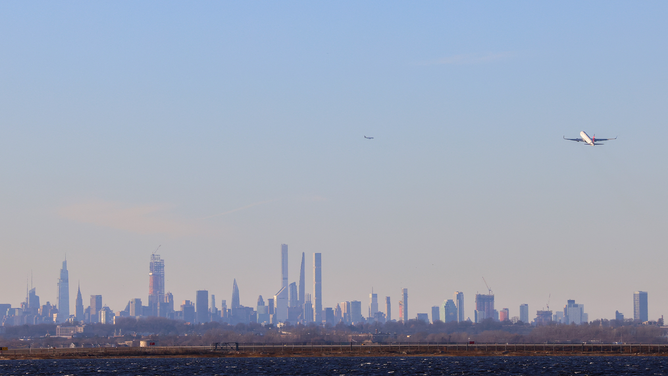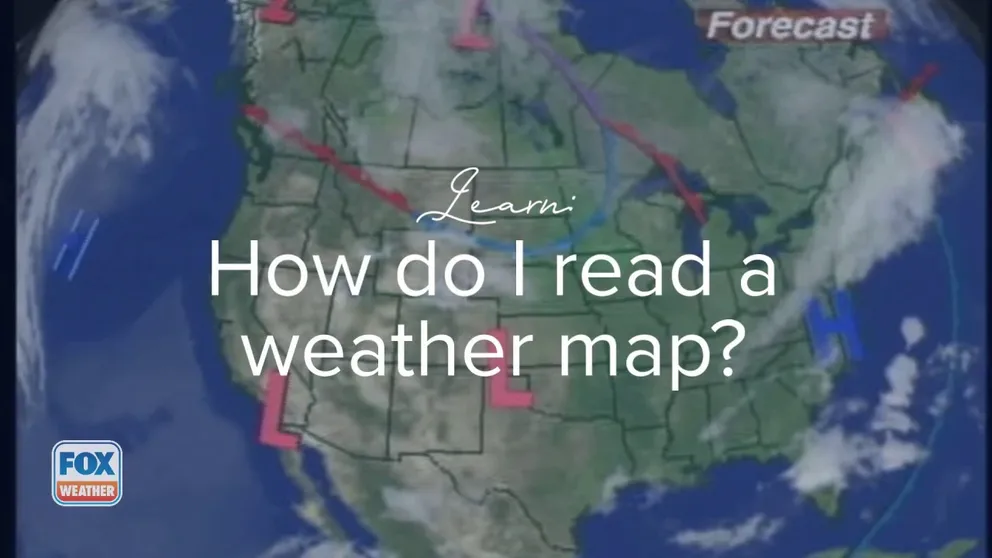What does visibility mean?
Visibility is defined as the greatest distance in a given direction at which it is just possible to see and identify with the unaided eye a prominent dark object during the day, or light at night.
How do I read a weather map?
FOX Weather tells you how those highs and lows form on the weather map and what they mean to the weather outside.
Have you ever been to the beach and looked out into the ocean and spotted a tiny island off in the distance? Or maybe you’ve been in a suburb of a major city like New York City or Boston and have seen the skyline far away.
That’s visibility.
The American Meteorological Society (AMS) defines visibility as the greatest distance in a given direction at which it is just possible to see and identify with the unaided eye a prominent dark object against the sky at the horizon during the day, and at night, a known, preferably unfocused, moderately intense light source.

A passenger aircraft takes off from JFK international Airport in New York as the Manhattan skyline looms in the distance on February 5, 2024. (Photo by Charly TRIBALLEAU / AFP) (Photo by CHARLY TRIBALLEAU/AFP via Getty Images)
According to the AMS, after visibilities have been determined around an entire horizon circle, they’re resolved into a single value of prevailing visibility for reporting purposes.
Prevailing visibility, in U.S. weather observations, is the greatest horizontal visibility that is equaled or surpassed throughout half of the horizon circle.

A Dense Fog Advisory is currently in effect for certain areas as both directions of Interstate 10 are closed near Interstate 510 due to dense fog, the Louisiana Department of Transportation said. Visibility may also be reduced to less than 100 feet in some portions of St. Tammany and Orleans parishes.
(WVUE / FOX Weather)
So, if you’re standing at a spot 10 miles away from New York City and you can see the skyline on a clear day, visibility is 10 miles.
If a building located 2 miles away from where you’re standing is visible, but nothing else past that – the visibility is 2 miles.
And sometimes visibility can be zero - like in cases of thick fog or super fog.
